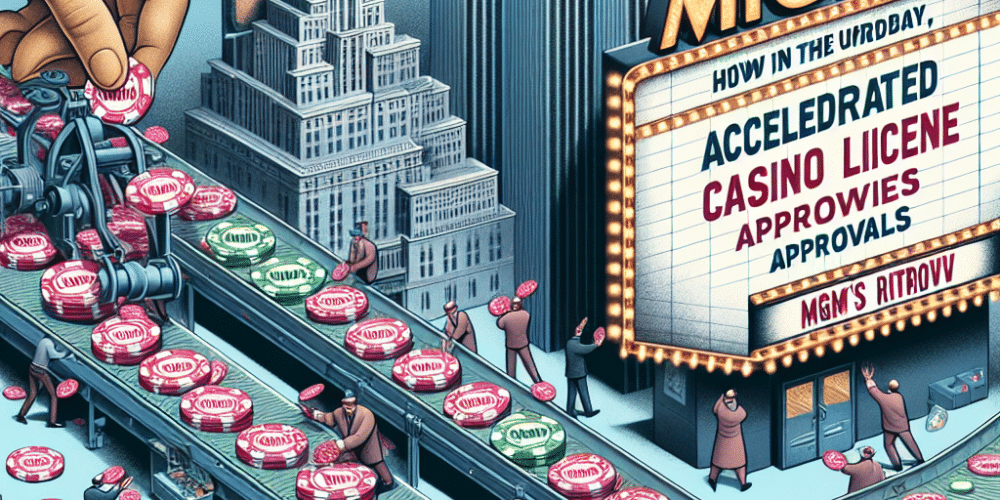New York State Senator Joseph P. Addabbo Jr. has urged the state’s Gaming Facility Location Board to expedite the approval process for downstate casino licenses. This call to action follows the recent decision by MGM Resorts International to withdraw from the competitive bidding process for the casino licenses, which has left many, including Addabbo, taken aback. The senator, who leads the Senate Committee on Racing, Gaming, and Wagering, emphasized that any delays could impede crucial development projects, job creation, and funding for public services.
MGM Resorts’ withdrawal marks a significant turn of events in the race for New York’s casino licenses. The company had been a strong contender, especially with its ambitious plan to expand the Empire City Casino in Yonkers with a proposed investment of $2.3 billion. However, MGM’s decision was influenced by proposed regulatory changes that would reduce the license period from 30 years to 15 years, requiring companies to make additional payments for renewal. The crowded market and anticipated lower profit margins further swayed MGM’s choice to step back from the competition.
With MGM out, the field narrows to three remaining contenders for the coveted downstate licenses. Genting Group aims to establish Resorts World at Aqueduct Racetrack in Queens, Bally’s is planning a casino at the former Trump Golf Links site in the Bronx, and Mets owner Steve Cohen has partnered with Hard Rock International to propose an ambitious $8 billion “Metropolitan Park” near Citi Field. Addabbo argued that granting licenses to these projects would be a wise decision given the current circumstances.
The Gaming Facility Location Board, chaired by former New York City Deputy Mayor Vicki Been, is poised to announce its decisions by December 1. The board has undertaken a comprehensive review process, evaluating the financial viability, community impact, and long-term success potential of each proposal. Been has previously stated that only those projects with substantial local support and clear benefits to surrounding communities would receive approval.
Each casino license comes with a substantial one-time fee of $500 million and allows for full casino operations, including table games, slot machines, and on-site sports betting. Industry analysts view the New York market as one of the most lucrative in the country, with successful proposals expected to attract billions in private investment and create thousands of jobs.
Senator Addabbo, a long-time advocate for casino expansion in New York, warned that protracted delays in the approval process could result in lost economic momentum and erode public confidence. He played a pivotal role in the 2013 referendum that legalized commercial casinos in the state and subsequent legislation that expedited the current licensing phase. Addabbo’s concern is clear: “We can’t afford to lose pace; every moment counts,” he seemed to urge, underscoring the urgency of the matter.
The final decision rests with the Gaming Facility Location Board and the New York State Gaming Commission, with approvals anticipated by the end of the year. Adhering to this timeline means construction could potentially commence as early as 2026, heralding a transformative period for New York’s entertainment and tourism industries.
However, not all perspectives align with the senator’s push for speed. Some argue that a thorough review process is essential to ensure that the selected projects deliver sustainable benefits and genuinely serve the public interest. Critics caution against rushing decisions that could lead to long-term missteps, emphasizing the importance of due diligence in assessing each proposal’s impact on the community and local economy.
In light of these differing viewpoints, the path forward for New York’s downstate casino licenses remains a focal point of intense discussion and anticipation. The decision will not only shape the future landscape of gaming in the state but also have far-reaching implications for economic growth and community development.
This pivotal moment in New York’s gaming industry highlights a larger narrative within the state’s economic and social fabric. The balance between swift action and comprehensive evaluation will ultimately determine the success of this ambitious expansion initiative. As stakeholders await the final verdict, the potential for a new era in New York’s casino industry hangs in the balance, promising significant transformations and opportunities for growth.

















